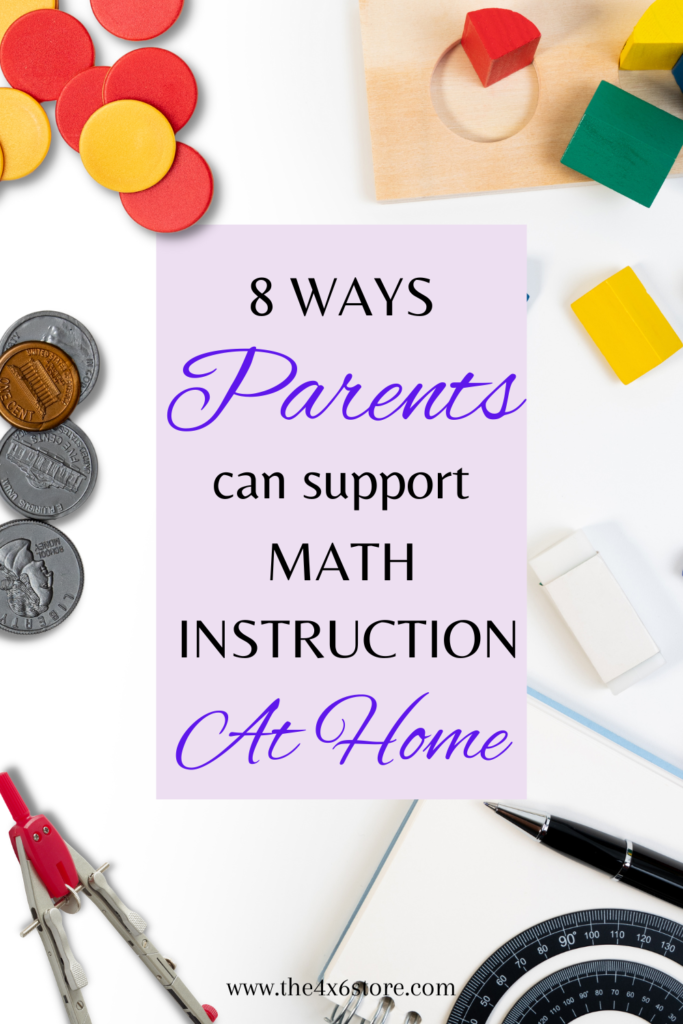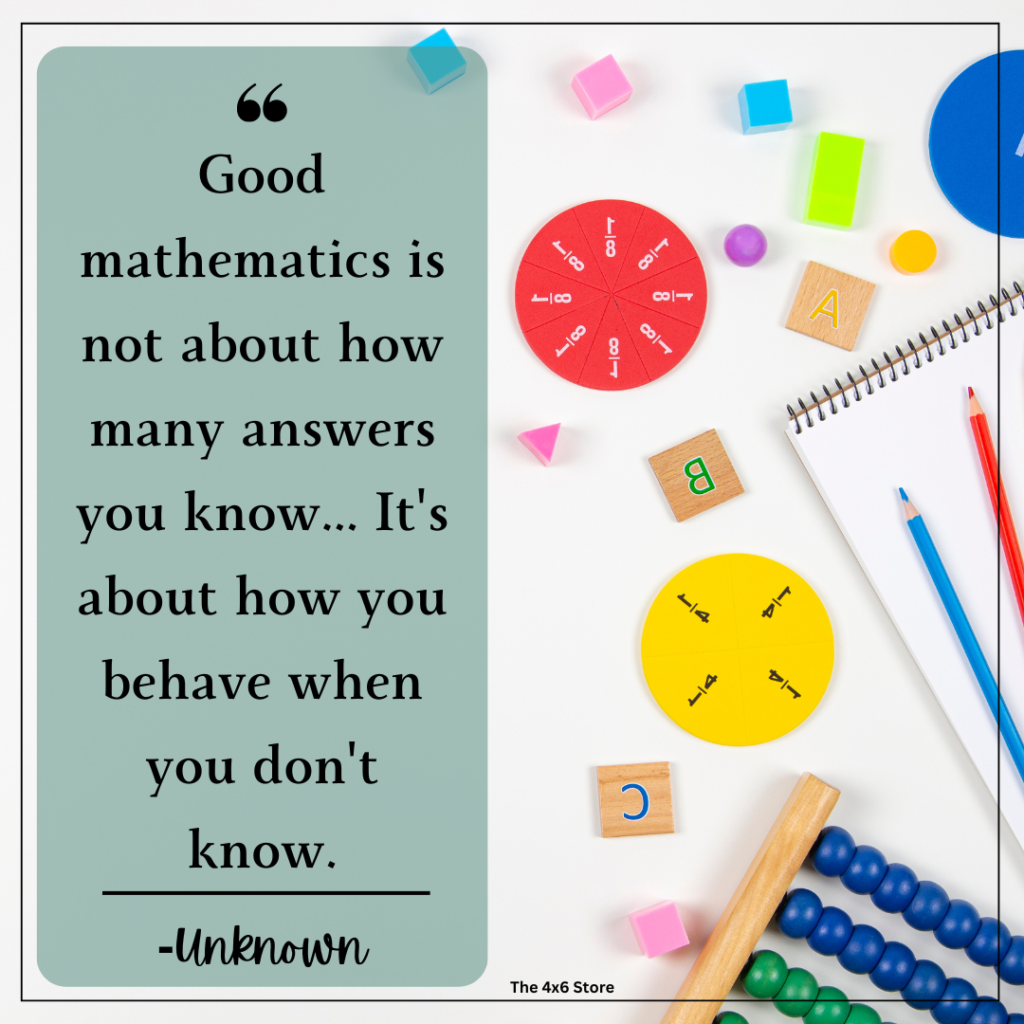Supporting Math Instruction at Home
Parents often wonder how they can support math instruction at home. This becomes especially difficult when the homework and worksheets their learners are bringing home may not match what they have learned themselves! If you have a student who is struggling with math, a learner filled with math related questions, or are a homeschool parent, the following are suggestions that can help you have a successful experience working with your student at home.

Be flexible with your own ideas on how to solve math problems:
First and foremost, we need to be aware that the way your learner is learning math may not look exactly like it did for you! Many math programs are teaching students conceptually before introducing the standard algorithm. While this can be frustrating for some parents, it really does set a good foundational skill set for solving more complex and higher level math problems. If you don’t understand “new math,” take time to ask your student’s teacher, search online for the concept being taught, or ask your child to teach you! You may be surprised what YOU learn!
*On a personal note, I know that my mental math skill have greatly improved since I have been working in the schools! So many “lightbulb” moments have happened while trying to learn and teach math a different way.

Create a positive math environment:
Your attitude towards math matters – especially in decreasing and easing math anxiety. Talk positively about math. Show enthusiasm for real-world math that you use “IRL” around your kids! (Sounds to me like it’s time to bake something!) Model a growth mindset when talking about tackling difficult problems that you can’t solve…. yet.
Be involved:
Be an active participant in what your child is learning. You can do this by helping with homework, asking about what concepts they are learning in school, communicating with your learner’s teacher, and having natural, practical conversations about the use of math in their daily life. Find answers together when you’re not sure!
Use real-world examples:
Every math teacher has heard the phrase, “But when are we going to use this in real life?” Begin early to show your learner where math concepts can be found! Some examples are cooking, shopping, game playing, and sports (from scores, to angles, to statistics), and more! One benefit of math instruction at home is not being tied to one curriculum or program! Find what works!

Make use of technology:
There are so many online resources available to math learners of all ages. For younger, elementary aged students, many websites provide interactive math activities and games. For older students, sites like Khan Academy offer free tutorials and classes on upper level math concepts. There are also endless videos on sharing sites (such as YouTube.)
Break down complex concepts:
If your learner is having difficulties with a math concept, they may need to go back to the basics. Students may also need a visual or manipulative to help make the problem more manageable. Some learners may also need to rely on math fact reference sheets and guides if recall is a negative stressor. Find ways to relate it back to areas of interest or common household items. Be flexible in providing multiple points of view and examples. (For example, if relating fractions to a pizza -or working with circles- isn’t working, bring in a candy bar or bake a cake. Sometimes just a change in shape or objects can be helpful!)

Encourage critical thinking:
Math is a way of thinking. Practicing approaching math (and non-math) related problems with open-ended questions. See if your learner can generate multiple solutions to a single problem. Use common things in an unfamiliar way to promote mathematical thinking skills. Puzzles and brain teasers also help promote mathematical thinking!
Keep math fun:
Books, games, puzzles, interactive activities, and even silliness can help keep your learner motivated and engaged. Games with flashcards is an easy way to help young students with developing number sense. Creating math activities around your learners interests can help reluctant math learners have “buy in” to the learning process. For older learners, this may come in the form of application to their favorite sport or musical artist, budgeting real money with an allowance, or creating art with mathematical concepts.

Final thoughts:
With all of these suggestions for aiding math instruction at home, keep in mind that each child will learn at their own pace. Be patient with yourself and with your learner. Even if you spend time working with math without actually producing answers, it is still time well spent. Math, like all learning, is a process and a journey. Simply being on that journey with your learner can make and keep math positive for them!


